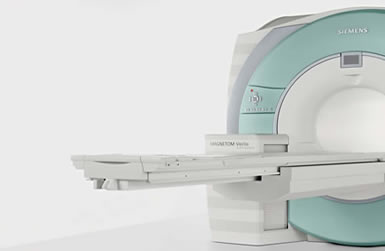|
|
RESULTS
 |
Mortality rates following attempts at
surgical removal of craniopharyngiomas have varied
widely, and prohibitive rates often have been reported.
In most contemporary series, the mortality rate is 5
percent or less. There is little doubt that total
excision is the treatment of choice, if it can be
achieved without injury to the patient. Excellent
results with attempted radical removal are reported,
including some series with zero mortality or a very low
risk. Other workers regard craniopharyngiomas as
malignant tumors because of their location and manner of
growth and think that no forceful attempt at total
extirpation should be made. They regard operation as
merely palliative and believe that partial resection
followed by radiation therapy should be the rule. |
 |
Subtotal or partial resection alone
is rarely satisfactory treatment for these tumors, which
are likely to recur over a period of time. Recurrence
has a strong adverse affect on survival. Data indicate
that less than 10 percent of both adults and children
are still recurrence-free 10 years after subtotal
removal. Craniopharyngiomas have been reported to be
quiescent for years after partial resection, but most
that are removed subtotally recur within a few years.
Those tumors that are radically removed but recur do so
after a much longer time interval. Patients with
subtotal removal of the tumor will probably require
further therapy by either radiation or reoperation. |
|
|
|
|
 What’s New
What’s New |
 |
August/14/2007
Inomed ISIS Intraoperative neurophysiological monitoring started
to function in all our related surgeries.
|
|
|
|
 |
Oct /07/2009
The author celebrating 30 years experience in neurosurgery. |
|
|


 What’s New
What’s New
